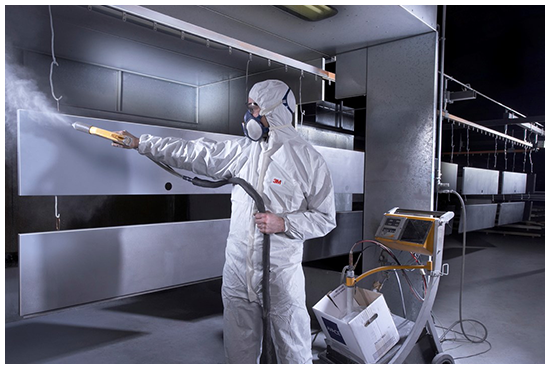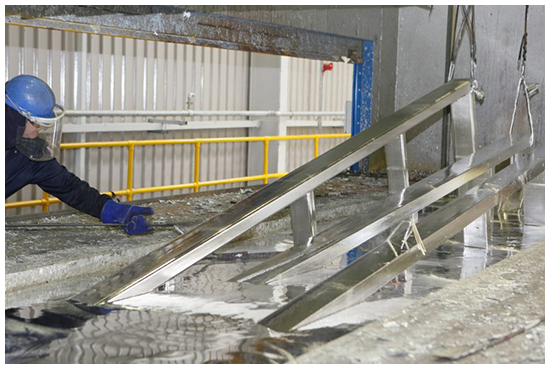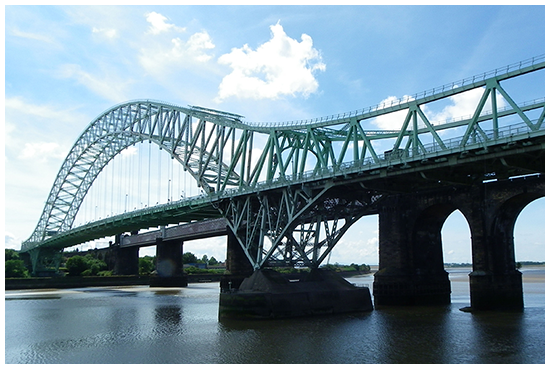
Home > about us > Coating
TL Coating System Maximize the Steel Structure Life Expectancy
Steel coating comes in a variety of forms, all suited to specific environments. Painting, powder coating, galvanizing or a duplex coating system are all options that can easily provide long-term durability.
The keys to select suitable coating option are as follows:
1. The end use of the steel structure.
2. A realistic estimate of time.
3. Severity of exposure of the coating.
4. An economic evaluation of initial cost versus future maintenance cost.
5. A practical determination of the division between shop and field work and responsibility.


|
|


|
|


|
|


|
|
Plasma Cutting Machine
Plasma Cutting Machine
Cone Positioning Machine
Cone Positioning Machine
NC Cutting Machine
NC Cutting Machine
Automatic Welding Machine
Automatic Welding Machine
Gantry Welding Machine
Gantry Welding Machine
Truss Plasma Cutting Machine
Truss Plasma Cutting Machine
Tube Bending Machine
Automatic Assembly Machine
Shot Blasting Machine
TEL: +86 516 85969869
Email:marketing@cntlss.com
Address:No. 2, Tengfei Road, Times Avenue, Quanshan, Xuzhou, Jiangsu, China.
Copyright © 2019 All Rights Reserved Xuzhou Tenglong Steel Structure Technology Co., Ltd.